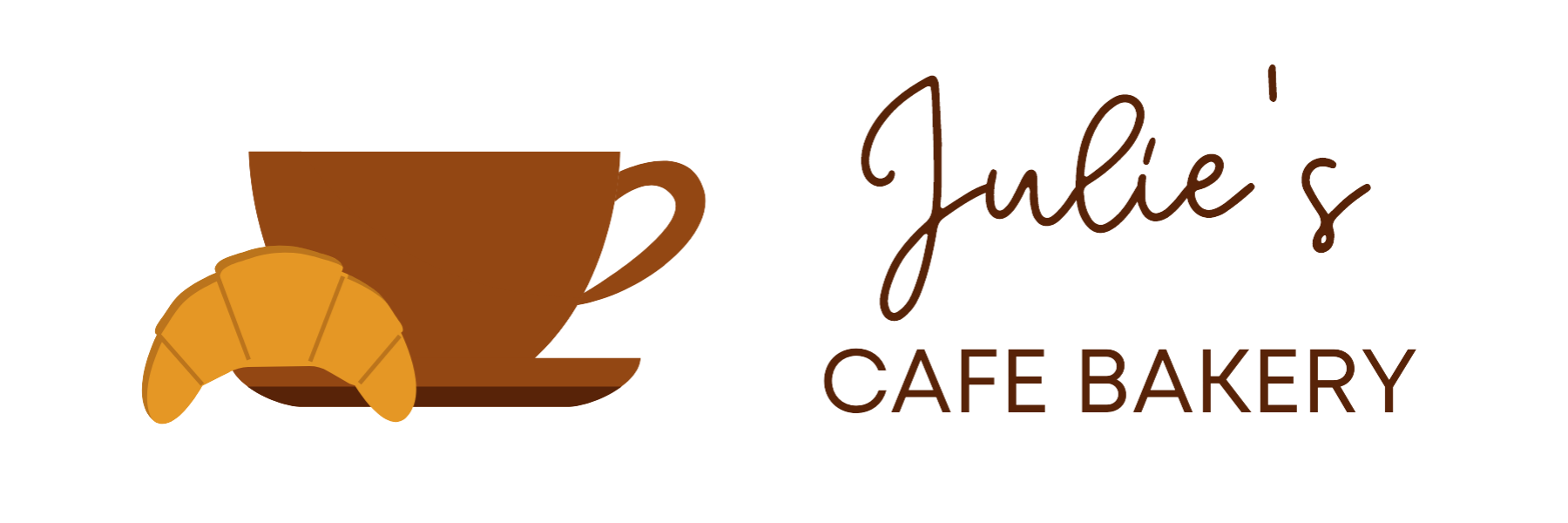Baking Meets Brewing: Why Understanding the Coffee Process Can Inspire Better Cakes


If you love baking, you already know how much joy comes from pulling a warm cake out of the oven. The aroma fills the room, and every slice tells a little story about your effort and care. But there’s another craft that shares a lot in common with baking—coffee roasting. Both rely on precision, patience, and a keen sense of flavor.
Bakers can learn more than they might expect from the brewing world. Many professional roasters pay attention to details that home bakers can adapt to improve their own creations. Sites like Coffee Equipment Pros show just how much the right tools and techniques matter, not only for coffee but for any craft that celebrates flavor.
The Role of Temperature in Flavor Development
In both baking and coffee roasting, temperature control is everything. Set it too low and your cake might turn dense and pale. Push it too high and you risk dry edges or bitter flavors. Coffee roasters face the same challenge. They adjust temperature in small increments to draw out the natural sweetness of beans without burning them.
Bakers can borrow this mindset by thinking about heat as a way to shape flavor rather than just “cook” something. For example, a sponge cake baked at a slightly lower temperature for a bit longer can develop a more even crumb and softer texture. Understanding how heat interacts with ingredients is a skill worth practicing.
Timing Is More Than a Countdown
Ask a roaster when a batch is ready, and they won’t simply point to a timer. They’ll talk about the moment beans crack, the smell in the air, and the change in color. This awareness of sensory cues can help bakers move beyond blindly following recipes.
In baking, timing also means knowing when to remove cookies so they stay chewy instead of crisp. It’s about watching batter rise and checking if a cake springs back when lightly pressed. The clock matters, but so do your eyes, nose, and hands.
Balancing Flavors Like a Roaster
Coffee blends often combine beans from different regions to balance acidity, sweetness, and body. Bakers can apply the same concept by pairing ingredients with complementary qualities. A tart lemon cake pairs beautifully with a sweet cream cheese frosting. A rich chocolate sponge benefits from the brightness of raspberry.
Thinking like a roaster means considering the “flavor profile” of your bake. You can even experiment with subtle coffee notes in baked goods to add depth. A small spoonful of espresso powder in brownies, for example, makes the chocolate taste more intense without adding obvious coffee flavor.
The Power of Cooling and Resting
Just as coffee beans need time to rest after roasting, cakes benefit from a pause before serving. Cooling allows flavors to settle and textures to stabilize. Cutting into a cake too soon can cause it to crumble, just as brewing coffee too quickly after roasting can taste flat.
Patience might be the hardest lesson to borrow from coffee roasting, but it’s worth it. That short wait can make the difference between “good” and “wow.”
Equipment That Supports Precision
Professional roasters invest in tools that offer control over every stage of the process. For bakers, this doesn’t mean you need industrial ovens, but a few thoughtful upgrades can go a long way. An oven thermometer ensures accuracy. A digital scale makes measuring consistent. Quality mixing tools keep batters smooth and even.
When you see how roasters fine-tune their gear to protect the integrity of their beans, it’s a reminder that investing in equipment is an investment in your results.
When Baking and Brewing Come Together
There’s something magical about serving a slice of cake alongside a freshly brewed cup of coffee. The pairing enhances both experiences. The sweetness of the cake complements the coffee’s bitterness, while the coffee’s warmth brings out layers in the cake you might not notice otherwise.
If you enjoy hosting, you can plan desserts with a specific coffee in mind. A nutty medium roast pairs well with carrot cake. A dark roast holds its own against a dense flourless chocolate cake. This kind of intentional pairing can turn a simple dessert into an experience.
Tips to Bring Coffee Craft Into Your Baking
Here are a few easy ways to apply roasting principles in your home kitchen:
- Experiment with bake temperatures to bring out different textures.
- Use your senses as much as your timer for doneness.
- Think in flavor profiles when pairing ingredients.
- Let cakes rest before serving to enhance flavor and texture.
You don’t need to become a coffee expert to benefit from its lessons. Simply being more aware of process, flavor balance, and patience can elevate your baking.
The Shared Joy of Craft
Both baking and coffee roasting are about more than making something to eat or drink. They’re about creating moments—sharing them with others and enjoying the process as much as the outcome. By looking at how another craft approaches flavor, heat, and time, you can find fresh ways to refine your own skills in the kitchen.
So next time you’re waiting for your cake to cool, maybe brew yourself a cup of coffee. You might find that the two have more in common than you ever imagined.
